East Head Conservation West Wittering
At West Wittering Estate, we are dedicated to safeguarding the natural beauty and ecological significance of East Head. Conservation is at the heart of our work, focusing on:
Protecting and restoring the dunes and surrounding vegetation.
Supporting a wide range of birds and marine life.
Managing visitor impact to preserve the site for future generations.
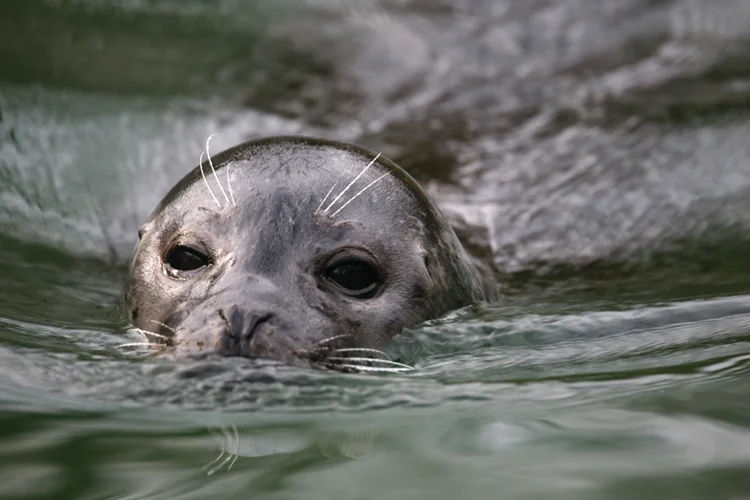
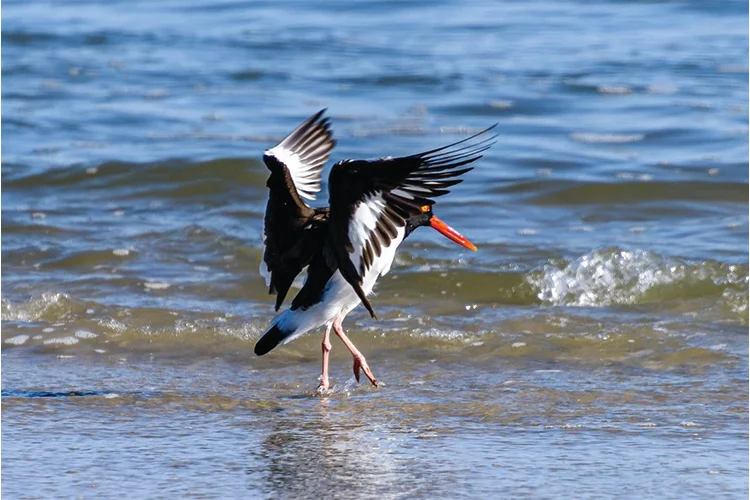
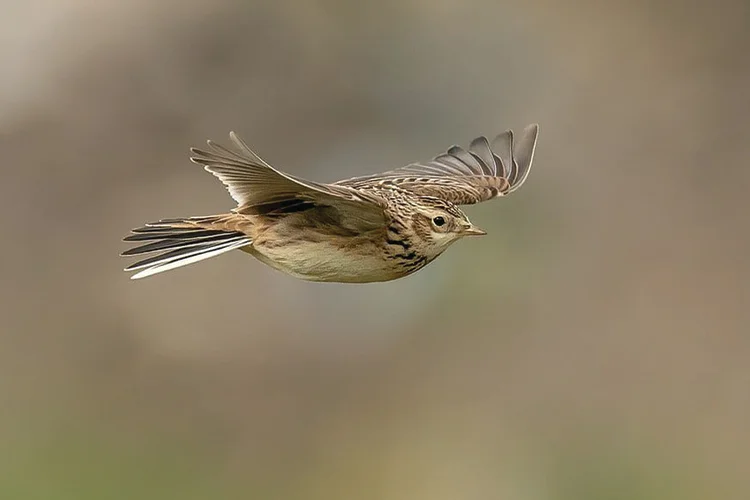
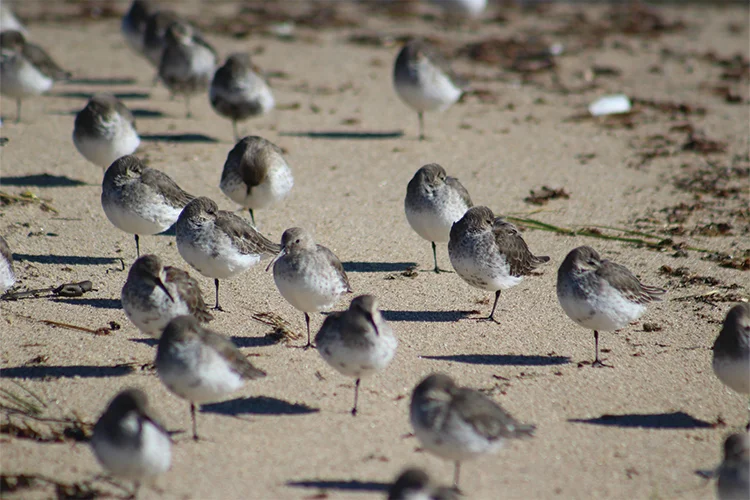
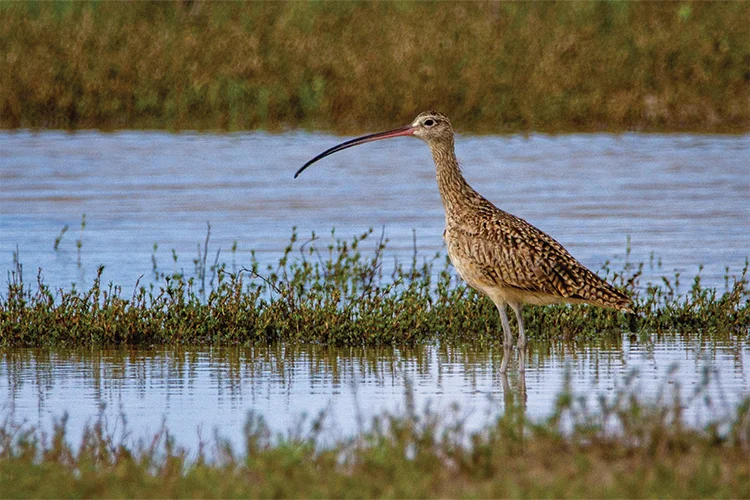
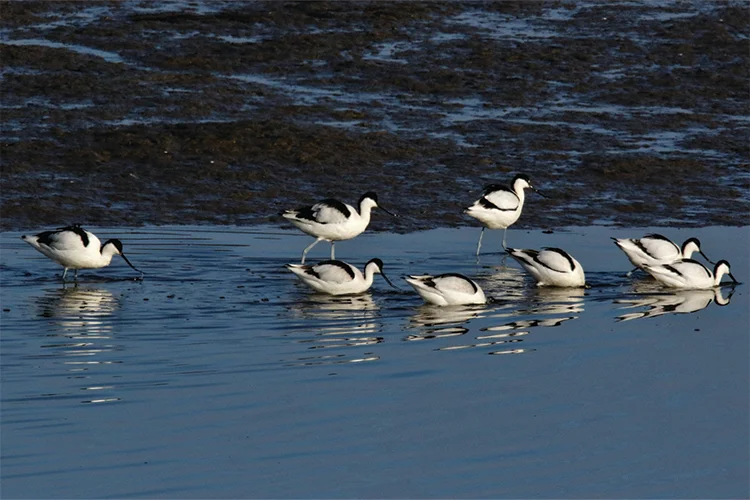
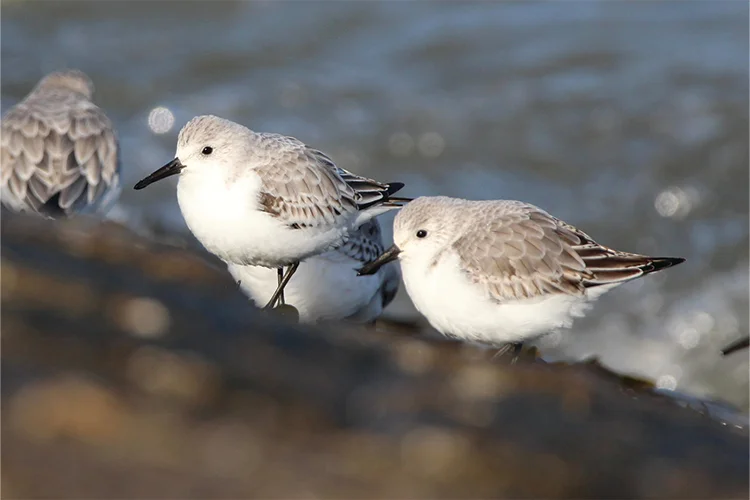
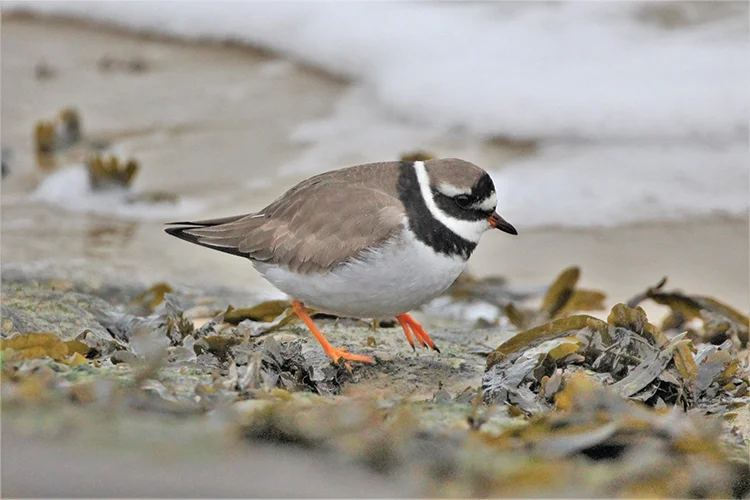
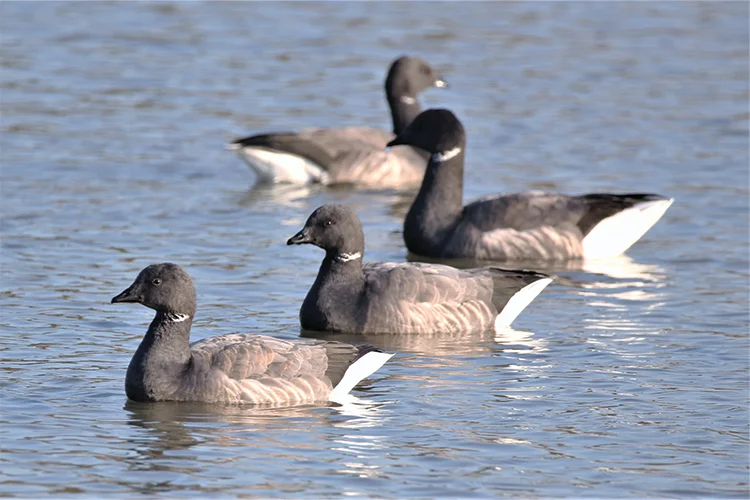
East Head is a natural sand and shingle spit that protects the coastline, local communities, and valuable habitats from erosion and flooding. It is designated as a Site of Special Scientific Interest (SSSI) due to its ecological importance and natural beauty. However, East Head is constantly shifting due to natural coastal processes, requiring careful monitoring and adaptive management.
Formed in 2007, EHCIAG was established to create a strategic, long-term approach to managing East Head’s changing landscape while balancing environmental, social, and economic interests. Instead of attempting to fix East Head in place, the group embraces adaptive management, working with natural processes to safeguard its future.
EHCIAG is made up of a range of organisations and landowners, including:
These organisations collaborate to monitor coastal changes, advise on management strategies, and secure funding for conservation and coastal defence projects.
Come and visit us for a beautiful day at the Beach in West Sussex.